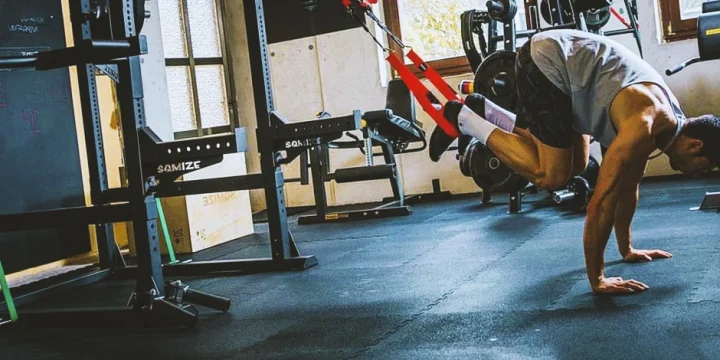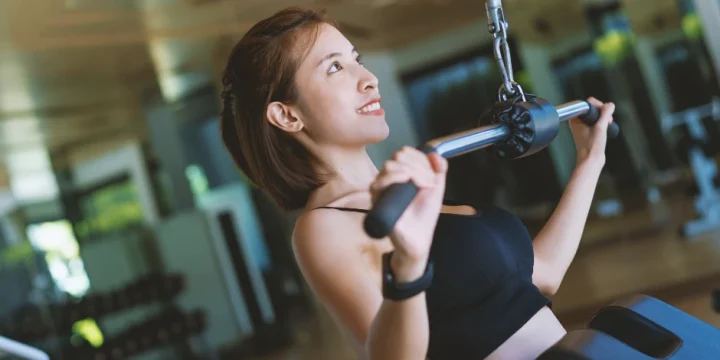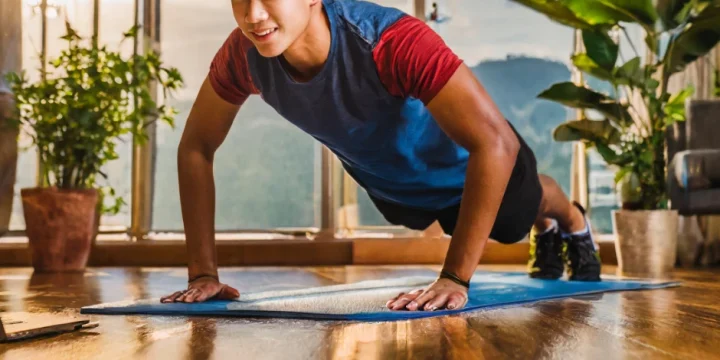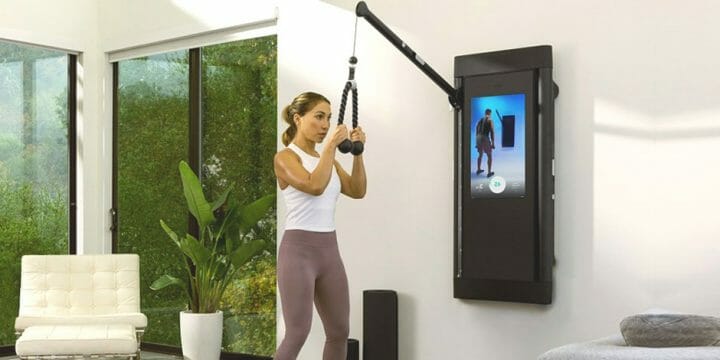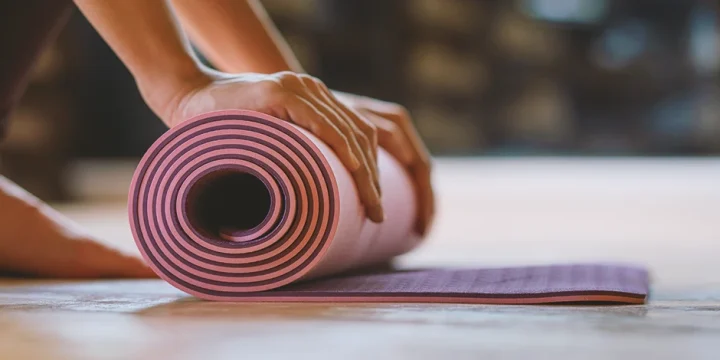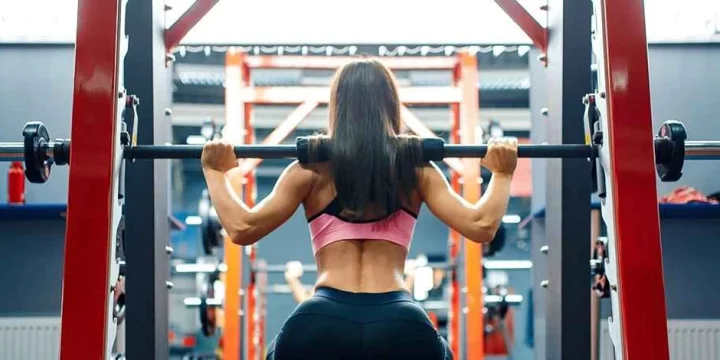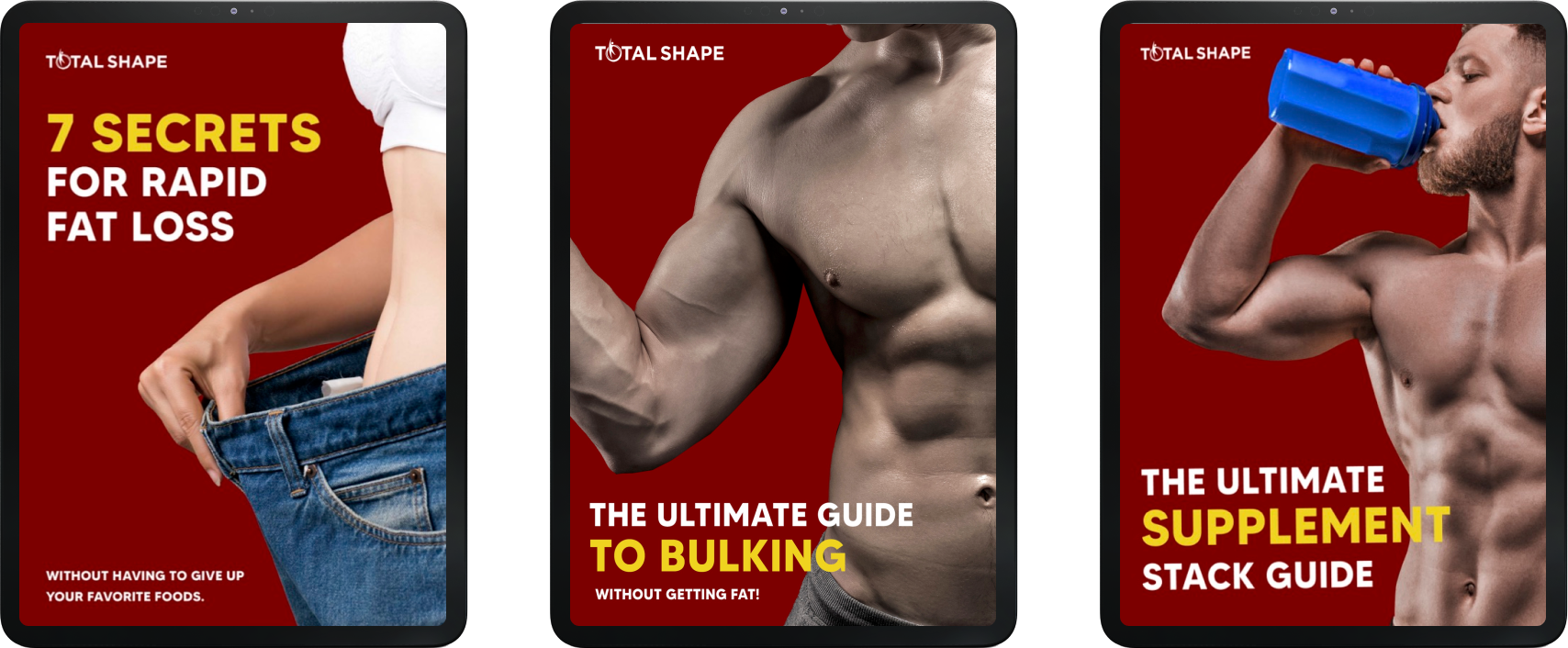As a fitness trainer, I consulted a few interior designers and went through a vast amount of online sources to gain some knowledge and shed some light to my readers on setting up a home gym in a small floor space.
We've put numerous high-quality home gym machines into our routine tests and compiled a list of the best compact home gym devices for small spaces.
I will also discuss the home gym ideas I discovered throughout my quest.
Quick Summary
- To set up an effective home gym in a small space, focus on a layout that accommodates essential, multi-purpose workout equipment.
- Key items for a small home gym include resistance bands, a yoga mat, jump rope, kettlebells or dumbbells, and a pull-up bar.
- According to Garage Gym Pro, a small home gym typically requires about 150 to 250 square feet, demonstrating the feasibility of fitness in compact areas.
- I found that smaller home gyms offer a more personalized and less overwhelming exercise experience, making them a great choice for focused fitness routines.
Making a Home Gym in a Small Space
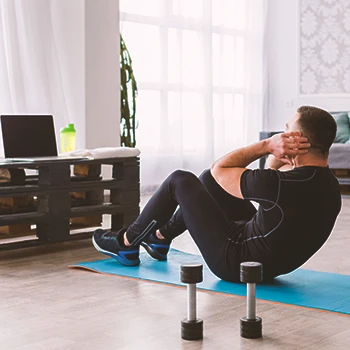
A well-designed home gym may help you achieve your fitness objectives, whether as basic as increasing upper body strength or incorporating more aerobic exercise into your workout program.
Furthermore, a PubMed study has shown that prioritizing exercise can reduce stress and even get a good night's sleep [1].
If you can't get to your local gym daily, creating a workout room in your house is the greatest option.
But where do you begin when creating a modest home gym space?
First Considerations
You must pick where in your house is most suited for this function.
"An unutilized garage is a common location for converting into a home gym. It is the ideal size for each of your equipment and often has separation from your house, providing you a distinct location to focus with minimum noise distraction."
- Katie Thomas, Interior Designer
Another consideration is the sheer weight of a few machines, particularly multi-gym machines. You must ensure that your flooring can support your ideal home gym equipment you want to place in your home gym.
I once helped a friend turn their garden shed into a cozy gym, proving even the most unlikely spaces can be transformed.
You can also construct an outbuilding, but you must first determine whether you require planning permission.
Try setting up your home gym in a space with a window to maintain adequate ventilation since according to a study in the National Library of Medicine, this generates good airflow to help you stay cool while working out [2].
Choose a Workout Room/Area
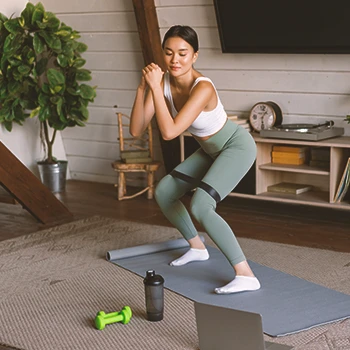
In my journey to create a home gym, the first step was finding the right spot. I chose a small corner in my living room, which was unused and had just enough space.
I measured the area meticulously, ensuring that the equipment I envisioned would fit.
You must also know what kind of workouts you intend to undertake.
It could be yoga, pilates, weight training, cardio, or a combination. From there, you may determine the sort of equipment you'll require.
Invest in Portable Fitness Equipment

Opting for portable equipment like resistance bands and a yoga mat made my small gym versatile and space-efficient.
Most individuals don't have enough room in their homes for weights, a squatting rack, and an elliptical machine.
However, stick to the necessities if you are on a budget and have a limited home workout area.
Here are the greatest functional home gym fundamentals that are portable, affordable, and suitable for all types of training:
- Resistance bands: Can be long or short, made of cloth or rubber. Resistance bands are affordable, adaptable, and may help you tone up significantly. Rubber resistance bands are excellent for upper-body training, and they also come with connectors that allow you to hang them on your door and conduct various exercises.
- Yoga mat or yoga attachments: Yoga is excellent for muscular stretching and warming up. Even if you like to lift weights everyday, consider integrating yoga into your exercise program to improve your flexibility.
- Jump rope: It's an excellent aerobic exercise that may be incorporated into HIIT (High-Intensity Interval Training) weight loss sessions. This is an excellent substitute for more costly cardio machines recommended by experts.
- A set of kettlebells or dumbbells: While resistance training is incredibly beneficial for muscle growth, having a bunch of weights doesn't harm adding extra intensity. To begin, purchase at least a pair of good dumbbells. As your strength grows, you may slowly buy more. Instead of purchasing all your gear at once, you may do it gradually.
- Pull-up bar: If you want a muscular back and upper body, you should learn how to do pull-ups. Optimal pull-up bars may be safely connected to practically any wall or door.
Related: Must-Have Gym Equipment
Keep Things Clean and Organised
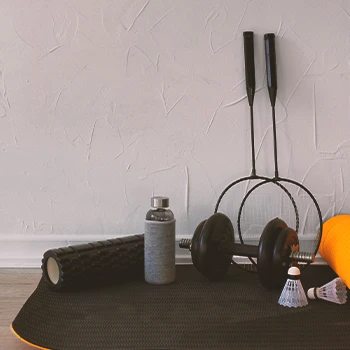
Keeping my workout space tidy, especially with compact storage solutions, really enhanced my exercise routine. My advice is to purchase some portable equipment storage cabinets.
If you have free weights, invest in a compact rack to get them from getting in the way.
Clean and sterilize your equipment after each usage. Sweat or other germs can readily be transmitted to your equipment, even if you are not sharing it.
Take care of your equipment by keeping it organized and clean.
Ensuring clean, allergen-free air while exercising is also crucial. To this end, George Allen of the Smart Home IQ blog suggests using a smart air purifier and smart plug-enabled fans to elevate the quality of your workout environment.
Minimalism Works Best
My client says that embracing minimalism in his small gym helped him focus better and keep the space clutter-free.
You'll use the bare minimum of tools and eliminate all excess material from the walls, flooring, and window layouts.
It's a great method to arrange the design and keep anything else out of the way of your exercise in the future.
Set Up a Mirror
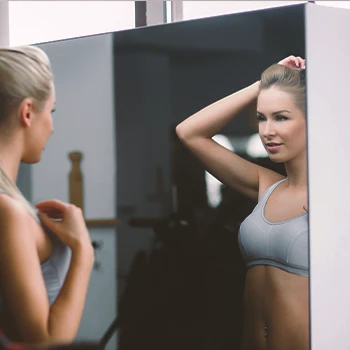
Adding a full-length mirror to my gym not only improved my form but also made the space feel larger.
There are several solutions available depending on your price range and style, much like gym equipment.
I prefer full-length mirrors with a base that can be moved from one room to another. Or, for a particularly small space, a mirror placed on the wall and not in the way.
Look at the space where you will put a home gym and ask yourself if the mirror may look well there.
When it comes to tiny home gyms, it's preferable to purchase for the original space rather than for the gym so that after you put all your gear away, the exercise room returns to normal, and you have a lovely full-length mirror that functions well in a room.
Ensure There Is Lots of Light
My client says that maximizing natural light in his gym area made it feel more open and uplifting for his workouts.
That's where you'll have to emulate in large numbers to make your home gym feel bigger and more dynamic.
A huge picture window will do the job well. If you position your home fitness equipment toward the windows, you'll also get a wonderful view of the outdoors.
Keep It Simple
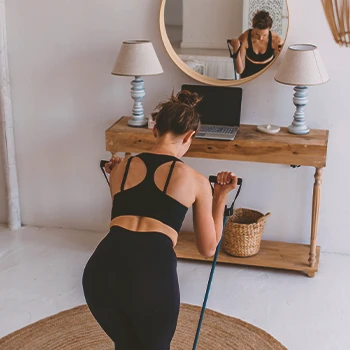
The ideal approach to constructing a tiny home gym is to make it as basic as possible.
Knowing what type of activity your body requires daily is also useful here.
Most individuals utilize ellipticals and resistance bands for daily aerobic exercise.
Establishing a room for such home gym devices may result in the best use of the workout space available. Adding anything else will make the area feel cramped and congested.
Multi-functional Furniture for Workout Spaces
Here's how you can integrate multi-functional furniture into your workout area, making every square foot count.
- Coffee table that doubles as a weight bench: This kind of dual-purpose furniture is perfect for small apartments where every inch matters. With easy-to-use mechanisms, these tables can be adjusted to various heights and angles, accommodating a range of exercises from bench presses to seated curls.
- Ottoman: Choose an ottoman with built-in storage, to neatly stash away yoga mats, resistance bands, and even dumbbells. When closed, they serve as a regular piece of furniture, but once opened, they reveal a mini gym hidden in plain sight.
- Wall-mounted mirrors: Get wall-mounted mirrors with hidden shelves or racks behind them that can store everything from yoga blocks to kettlebells, ensuring your living space remains uncluttered and stylish.
- Bed: Some modern bed designs come with under-bed storage specifically for gym equipment. Others feature foldable designs where the base can be used as a yoga or exercise mat area, perfect for morning stretches or meditation sessions.
FAQs
What Equipment Is Best for a Small Home Gym?
Equipment that is best for a small home gym is a piece of multipurpose equipment such as rubber bands.
How Much Room Do You Need for a Small Home Gym?
The amount of room you need for a small home gym is about 150 to 250 square feet.
Why Are Smaller Gyms Better?
Smaller gyms are better because it gives you a more personal, less overwhelming exercise experience and personal coaching options are often way better.
References:
- https://pubmed.ncbi.nlm.nih.gov/22933142/
- https://www.ncbi.nlm.nih.gov/books/NBK143277/
About The Author
You May Also Like
